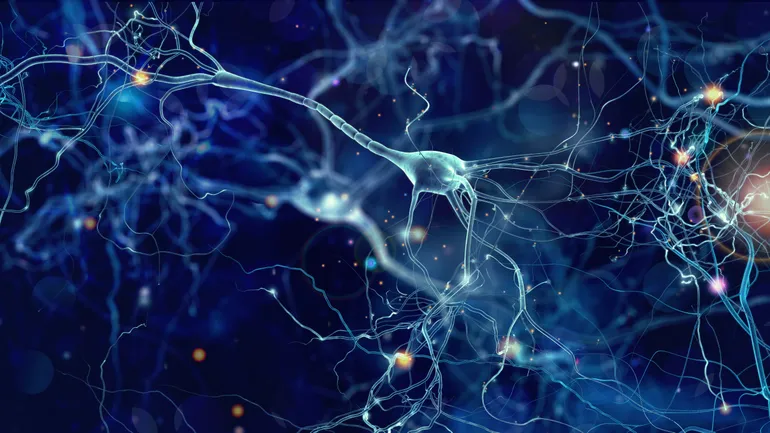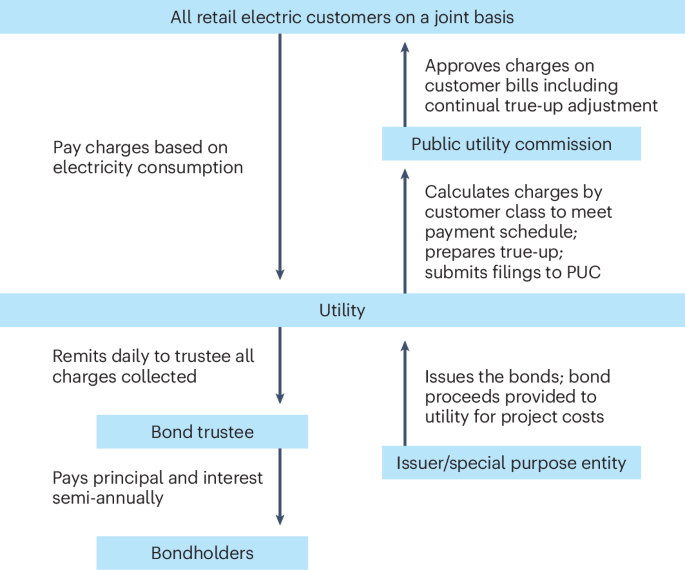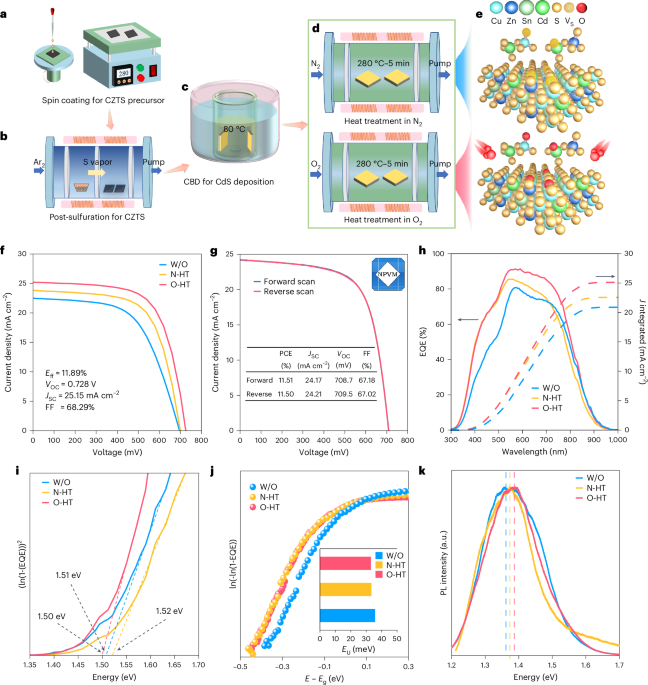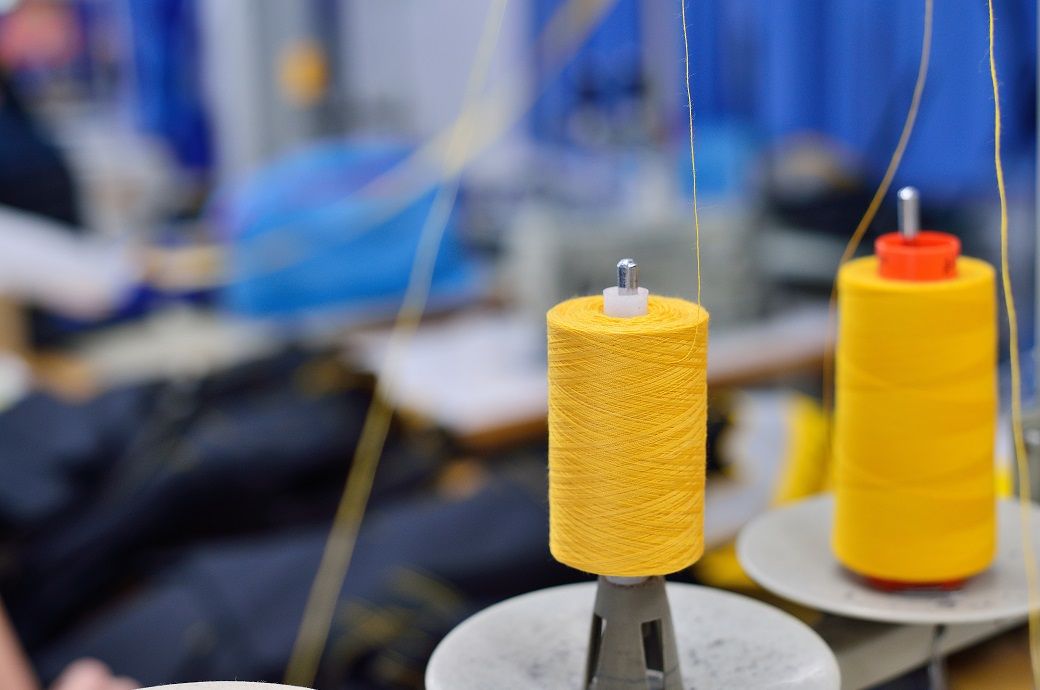Top-down and bottom-up interactions rely on nested brain oscillations to shape rhythmic visual attention sampling
by Jelena Trajkovic, Domenica Veniero, Simon Hanslmayr, Satu Palva, Gabriela Cruz, Vincenzo Romei, Gregor Thut Adaptive visual processing is enabled through the dynamic interplay between top-down and bottom-up (feedback/feedforward) information exchange, presumably propagated through brain oscillations. Here, we causally tested for the oscillatory mechanisms governing this interaction in the human visual system. Using concurrent transcranial magnetic stimulation-electroencephalography (TMS-EEG), we emulated top-down signals by a single TMS pulse over the frontal eye field (right FEF), while manipulating the strength of sensory input through the presentation of moving concentric gratings (compared to a control-TMS site). FEF-TMS without sensory input led to a top-down modulated occipital phase realignment, alongside higher fronto-occipital phase connectivity, in the alpha/beta band. Sensory input in the absence of FEF-TMS increased occipital gamma activity. Crucially, testing the interaction between top-down and bottom-up processes (FEF-TMS during sensory input) revealed an increased nesting of the bottom-up gamma activity in the alpha/beta-band cycles. This establishes a causal link between phase-to-power coupling and top-down modulation of feedforward signals, providing novel mechanistic insights into how attention interacts with sensory input at the neural level, shaping rhythmic sampling.
by Jelena Trajkovic, Domenica Veniero, Simon Hanslmayr, Satu Palva, Gabriela Cruz, Vincenzo Romei, Gregor Thut Adaptive visual processing is enabled through the dynamic interplay between top-down and bottom-up (feedback/feedforward) information exchange, presumably propagated through brain oscillations. Here, we causally tested for the oscillatory mechanisms governing this interaction in the human visual system. Using concurrent transcranial magnetic stimulation-electroencephalography (TMS-EEG), we emulated top-down signals by a single TMS pulse over the frontal eye field (right FEF), while manipulating the strength of sensory input through the presentation of moving concentric gratings (compared to a control-TMS site). FEF-TMS without sensory input led to a top-down modulated occipital phase realignment, alongside higher fronto-occipital phase connectivity, in the alpha/beta band. Sensory input in the absence of FEF-TMS increased occipital gamma activity. Crucially, testing the interaction between top-down and bottom-up processes (FEF-TMS during sensory input) revealed an increased nesting of the bottom-up gamma activity in the alpha/beta-band cycles. This establishes a causal link between phase-to-power coupling and top-down modulation of feedforward signals, providing novel mechanistic insights into how attention interacts with sensory input at the neural level, shaping rhythmic sampling.









































































































































































